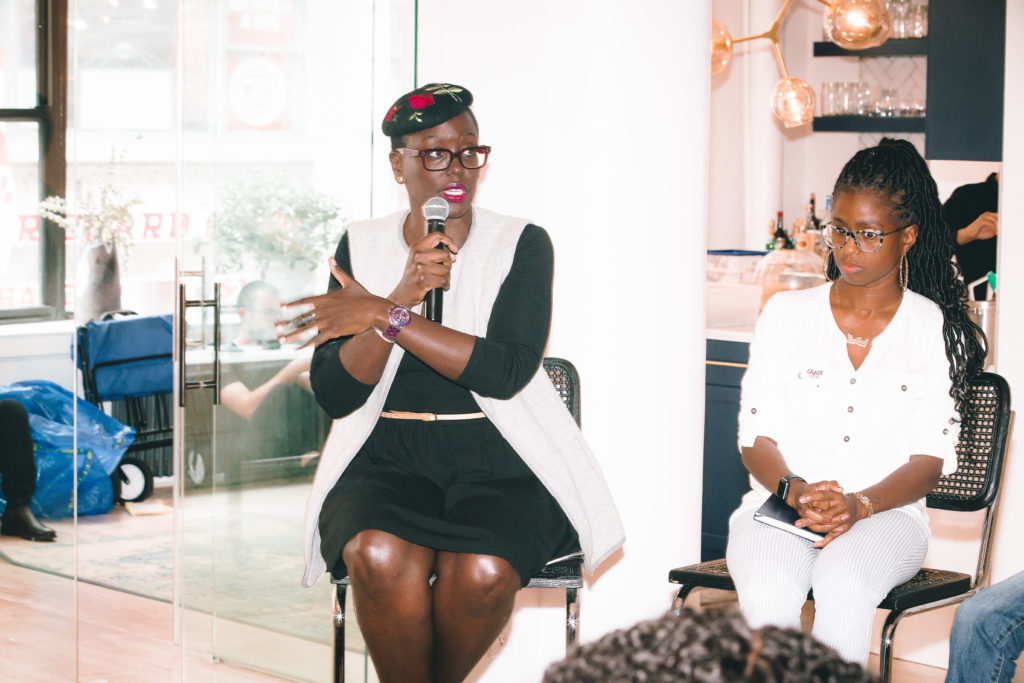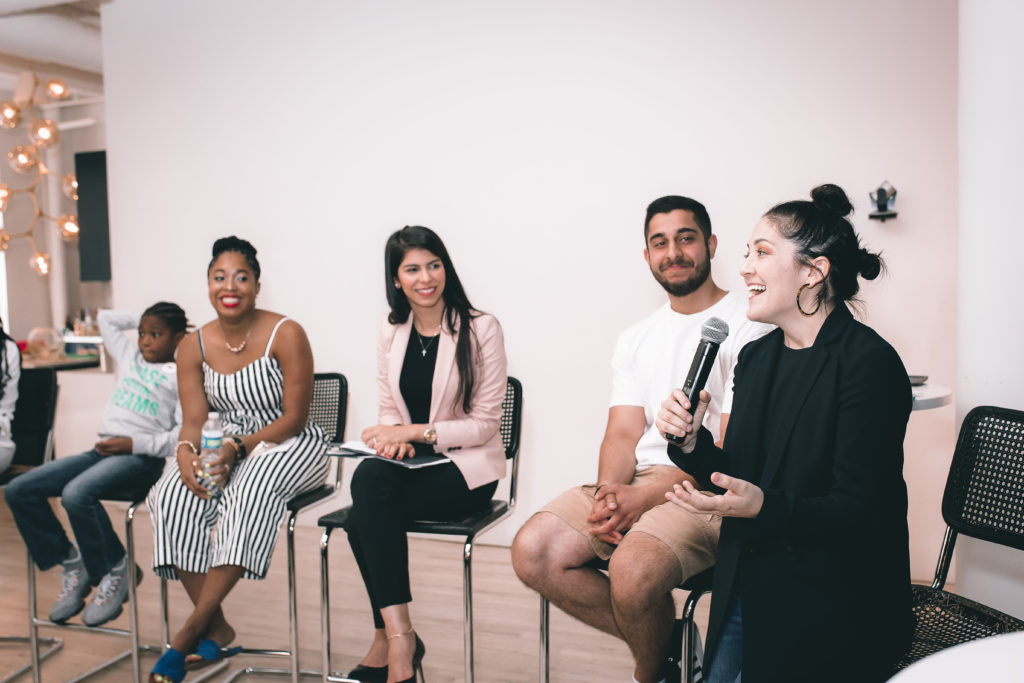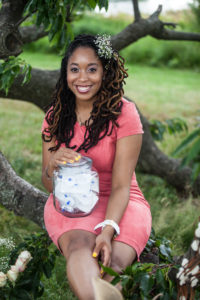Reflections and Recommendations: Diabetics on the Margin (Part II)
The following article is a continuation of recommendations outlined in Part I (here). These takeaways are in response to the Diabetics on the Margin event hosted in partnership with Beyond Type 1.
5.) RECOMMENDATION: Craft Robust Solutions that Consider Everyone:
Vivian Nabeta of the Sonia Nabeta Foundation reminded us that we all experience diabetes differently, and that individuals and communities needs as it relates to diabetes vary. In her work to help alleviate the cost of T1D for children living in Ghana and Uganda, she stressed their fundamental needs. Because of structural and socio-economic impediments, Vivian’s primary concern is not on some far off cure, but rather, ensuring kids have basic essentials for diabetes care, such as insulin, meters and syringes. For those living with diabetes in both Africa and the states who are economically disadvantaged, ensuring survival is the goal. When considering how best to support underrepresented communities, it’s important we not overlook basic diabetes necessities –access to quality medical supplies and health care professionals.

6.) Construct Innovative Ways to Educate Others on Diabetes: Courtney of Chase Away Diabetes shared how she engages community members in her diabetes advocacy efforts. Courtney, aware of the needs of her community, uses back to school drives and readings in the park to attract community members seeking educational resources and enrichment. She then uses these events to educate attendees on her foundation and the impact of type 1 diabetes.
One virtual viewer of our panel inquired:
Does anyone have any suggestions on how to create an event like this in our own areas? Like if you live in a rural area or small city. I think it’s difficult to reach many people of color who live in smaller cities that may not be as social media savvy, especially those of a certain age.
When thinking of Courtney’s ability to meet her community members where they are, (i.e. using back to school drives as a vehicle to diabetes education) I wonder if we can learn from her example. For those seeking to build real-life communities, in rural towns or small cities, how can you tap into the circles and spaces that people frequent the most (church, grocery stores, community centers etc.)? How can you leverage and meet community members’ needs to advance diabetes awareness efforts?
7.) Activate Allies (Non-POCs): People of color can’t be the only ones advancing inclusion efforts, it’s a heavy burden for us to bear alone. Rather than view events supporting underrepresented communities as divisive and exclusionary, white people should understand that we need them as allies. In America, whites tend to have overwhelming access to various forms of capital—including social, cultural and financial. It’s important that allies consider how they can utilize such resources to:
- Sustain inclusionary efforts.
- Amplify voices of those from underrepresented communities, while also trusting their leadership and knowledge.
- Convince white peers and family members to understand the importance of promoting diversity.




[…] Part II can be found here. […]
As a MOC, raising mixed-race kids — one with T1D and one with ADHD/Autism, there are so many ways that I end up feeling marginalized. I appreciate your comments and such so much!
We are all in this together.